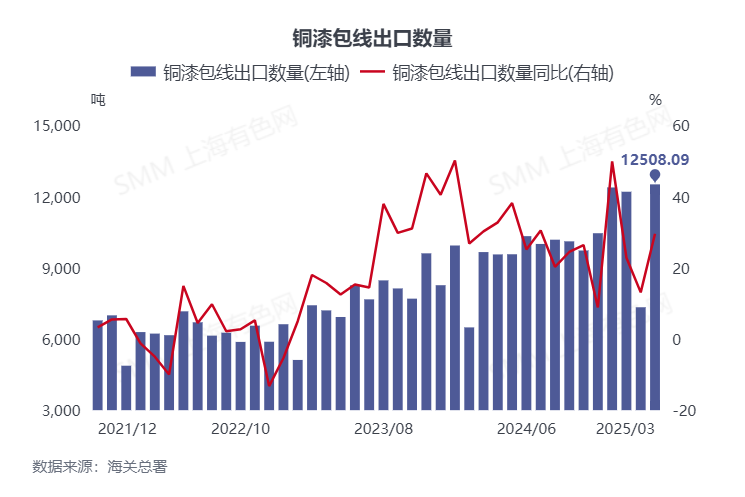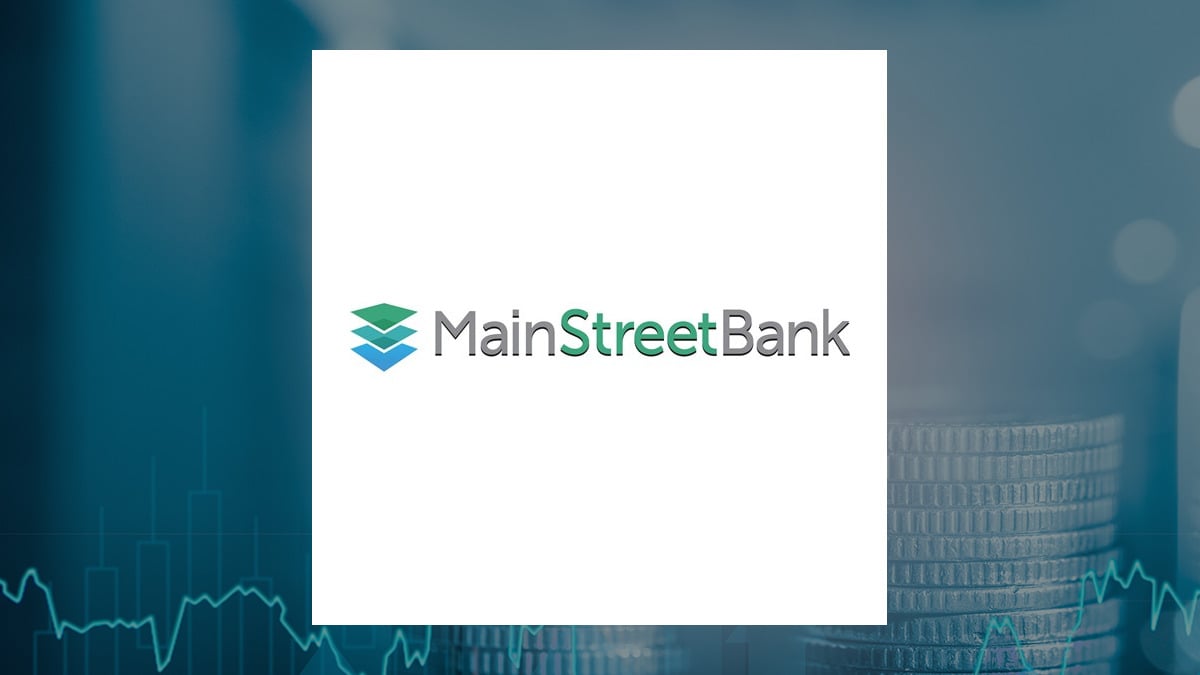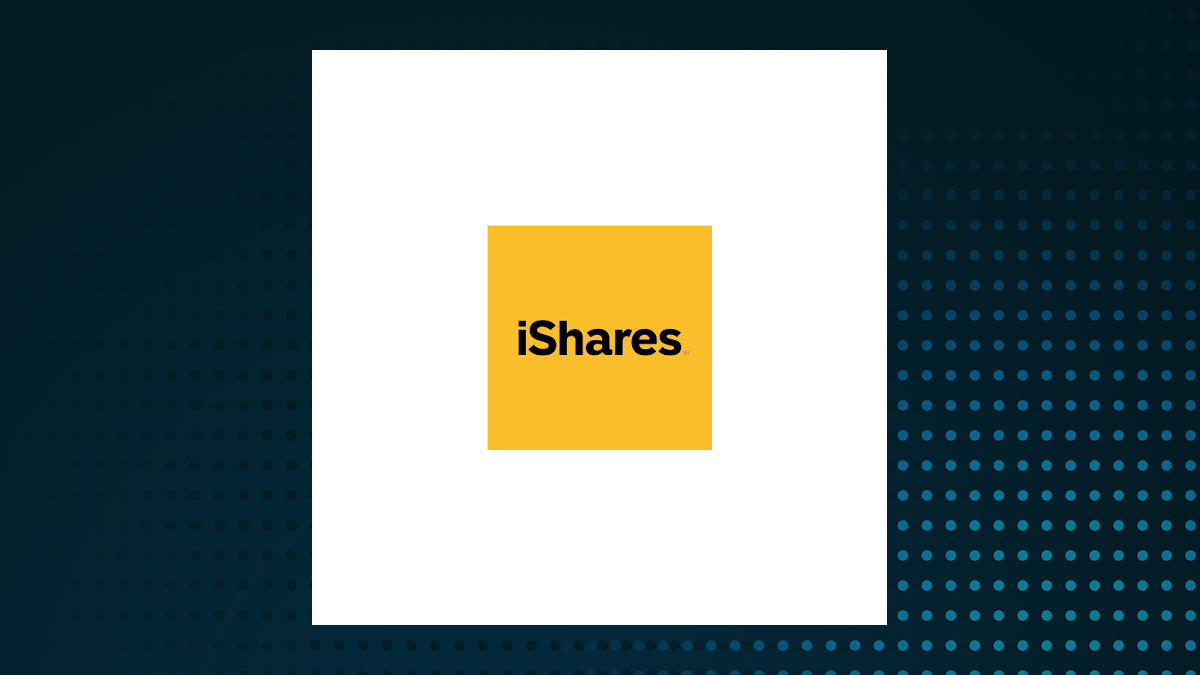Robert Herjavec was born in 1962 in the former Yugoslavia, now Croatia. When he was eight, the family fled the communist regime for Canada where his father found work as a millwright. A conniving door-to-door salesman sold his mother a $600 vacuum.
“That was huge money for us. My mom was in tears, and my dad was yelling, and I thought to myself: ‘No one is ever going to take advantage of my parents and me again,’” said Herjavec. Fumbling photo of Stanfield became a metaphor for his beleaguered campaign, writes Rod McQueen, “Some people have a goal in life.

I was just escaping where I came from. It was almost blind ambition. I never wanted to be really rich, I just didn’t want to be poor.
” After graduating in 1984 from the University of Toronto in arts, Herjavec became a television producer, then sold software door-to-door. In 1987, he attended Comdex, the annual Las Vegas trade show where he saw Datasystems, a Detroit network integrator. He launched the Canadian arm by forgoing salary for “sweat equity” leading to an ownership position.
After two years, he realized that no matter how big Datasystems became in Canada, he would always be dwarfed by his U.S. partners.
He sold out in 1989 for $60,000, thinking he’d peaked and would never see that much money again. As a result of her leadership, writes Rod McQueen, Bobbie Gaunt became the first Ford of Canada Herjavec took time off, then launched BRAK Systems, an internet security company. After five years, BRAK was in 50th place on Profit magazine’s list of the 100 fastest-growing companies.
In 2000 AT&T Canada acquired BRAK for $30 million. While the money was right, the decision turned out to be wrong. “The thing that disappoints me the most is that I wasn’t wealthy enough to say ‘no’ to somebody who wanted to buy the company,” he admitted.
“I wasn’t well off enough to say ‘I don’t care what anybody wants to pay me, I’m riding this wave until the very end.’ And if at the end it crashes into a rock and disappears, I’m OK with that.” Few could stomach such a ride.
When I requested an interview with Herjavec after the AT&T sale, his staff said to come to his home on The Bridle Path. It was my first time in the tony north Toronto enclave where the homes all look like chateaux along the Loire River Valley in France. Behind stone walls, high cedar hedges, and wrought iron gates, were manicured grounds, ornate fountains, and curving driveways that led to columns and balustrades, cornices and balconies.
Newman the outsider embraced the country and got it right, but much of the country failed to When Herjavec and his wife set out to buy a house, their real estate agent had taken them to see a few possibilities but Herjavec complained they had no “wow” factor. Replied the agent: “I’ll show you wow.” As soon as the couple entered the main foyer, Herjavec blurted: “Oh my God!” He bought the house the next day, paying $10 million in cash.
“I still drive by not realizing it’s mine.” But it was his, all 28,000 square feet, plus another 15,000 below grade with a recreation room and bomb shelter. “It’s amazing what you can achieve in ten years,” he said.
“You always overestimate what you can achieve in a year and underestimate what you can achieve in ten.” His ten-year achievement also included a vast ballroom, vaulted swimming pool, a cherrywood walk-in closet the size of most living rooms, filigreed panelling from France, 300-year-old railings, antique chandeliers and marble fireplaces, a secret staircase, five bedrooms and three staff apartments. According to Herjavec, his favourite room would appeal to most men.
His garage contained six magnificent cars — a Mercedes-Benz SL 500 convertible, a 600-horsepower Lamborghini Diablo Roadster, a Lamborghini Countach 25th anniversary edition, a 1986 Ferrari Testarossa, a 1992 Porsche Turbo, and a Rolls-Royce Silver Seraph. Everyday transportation was parked outside: a Chevy Suburban and a Land Rover Discovery. Among the several thousand interviews I’ve conducted, two of the most riveting were with In 2003 he founded The Herjavec Group, an information technology and computer security firm with now more than $200 million in annual revenue.
He hit publicity pay dirt in 2006 when he began appearing as a regular panelist on the first season of CBC’s Dragons’ Den where start-up entrepreneurs explain their service or product hoping that one or more panellists will invest and help boost sales. While remaining on Dragons’ Den until 2012, in 2009 Herjavec joined ABC’s Shark Tank where he continues as a regular. “It’s an unbelievably different life,” said Herjavec.
“Everything I do now I do purely by choice, whether it’s work or play.” He’s written three successful books, done multiple motivational speaking engagements and in 2015 was on Dancing with the Stars where the divorced Herjavec met his second wife. Herjavec claims he has only one regret, the same one that has plagued him throughout his entrepreneurial career: he never dreamed big enough.
More relevant, it struck me, was that most people never dream entrepreneurially at all..
Business

Life lessons from Canadian Shark Robert Herjavec: 'I never wanted to be really rich, I just didn’t want to be poor”

'It’s amazing what you can achieve in ten years,' multi-millionaire Shark Tank star Robert Herjavec told Rod McQueen years ago. 'You always overestimate what you can achieve in a year and underestimate what you can achieve in ten.'















